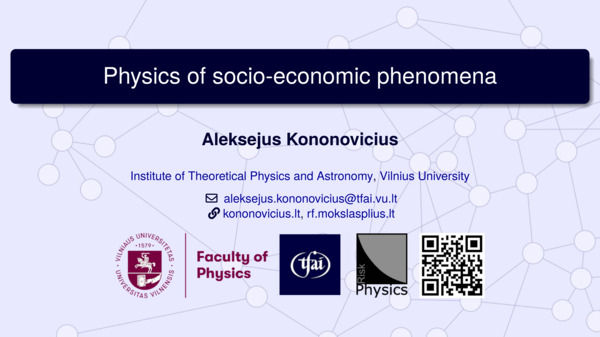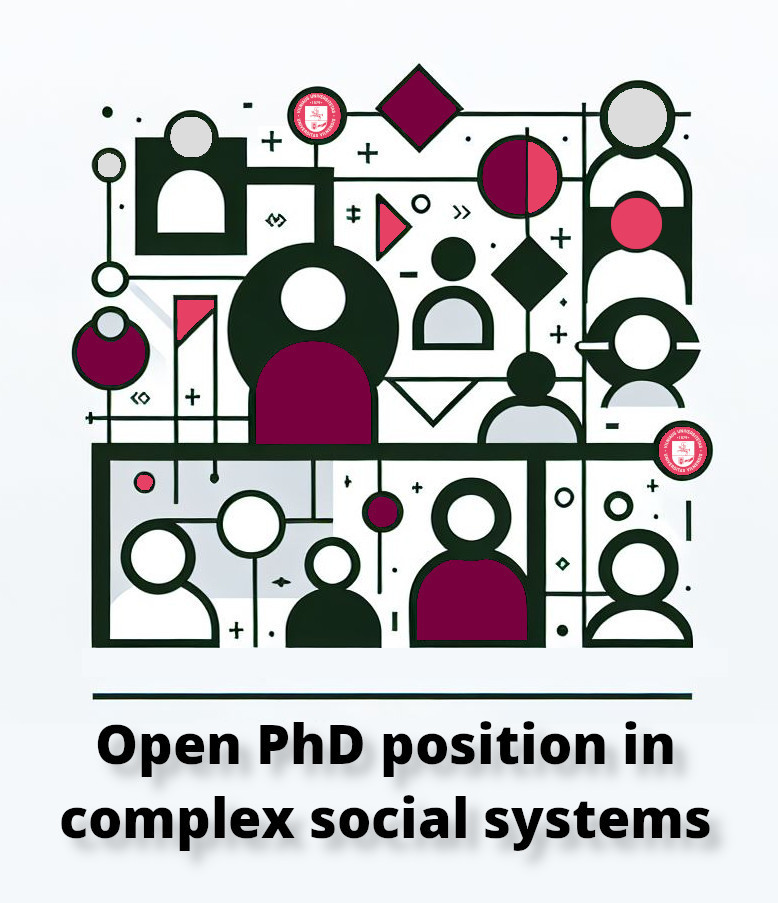Tutorial on physics of socio-economic phenomena 2025
Continuing the ongoing tradition (see the post from last year), I gave another two lecture tutorial introducing Master degree students to the physics of socio-economic phenomena. This time, the tutorial's focus has shifted from agent-based modeling towards complex systems and scale-free phenomena point-of-view. I was looking for a way to present this research area to physics students, but I have to admit that Mantegna's and Stanley's approach is indeed superior (see [1]).

You can find the newest iteration of slides here.
References
- R. N. Mantegna, H. E. Stanley. Introduction to Econophysics: Correlations and Complexity in Finance. Cambridge University Press, 1999. doi: 10.1017/CBO9780511755767.

